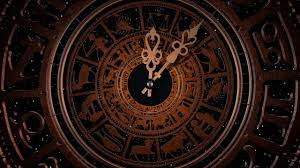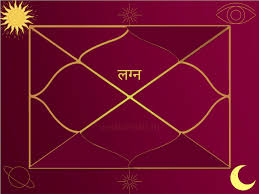Let’s dive deeper into the intricate time measurement system in Indian Vedic Jyotish, exploring both micro and macro levels with more examples and details.
Time Measure in Vedic Jyotish
Micro Units of Time in Vedic Jyotish:
The smallest units of time reflect the precision of ancient Indian astronomy:
- Truti: The smallest measurable unit, equivalent to 1/33,750th of a second.
- Lava: 3 Trutis make 1 Lava.
- Nimesha: 3 Lavas make 1 Nimesha, roughly the time it takes to blink an eye.
- Kshana: 3 Nimeshas make 1 Kshana, approximately 1 second.
- Kala: 30 Kshanas make 1 Kala, about 1 minute.
- Muhurta: 30 Kalas make 1 Muhurta, which is 48 minutes.
Daily and Monthly Cycles:
- Ahoratra (Day and Night): A full day consists of 30 Muhurtas.
- Paksha (Fortnight): A lunar month is divided into two Pakshas—Shukla Paksha (waxing Moon) and Krishna Paksha (waning Moon).
- Maasa (Month): Two Pakshas make one Maasa, aligned with the lunar cycle.
Seasonal and Annual Cycles:
- Ritu (Season): Two months form one Ritu, such as Vasanta (spring) or Sharad (autumn).
- Ayanam (Half-Year): Six months form one Ayanam—Uttarayanam (Sun’s northward journey) and Dakshinayanam (Sun’s southward journey).
- Samvatsara (Year): A full year consists of 12 lunar months.
Cosmic Cycles:
- Yuga (Epoch): The four Yugas are:
- Satya Yuga: 1,728,000 years.
- Treta Yuga: 1,296,000 years.
- Dvapara Yuga: 864,000 years.
- Kali Yuga: 432,000 years.
- Mahayuga: A complete cycle of the four Yugas, totaling 4.32 million years.
- Kalpa: A day of Brahma, consisting of 1,000 Mahayugas (4.32 billion years).
- Manvantara: A period within a Kalpa, ruled by a Manu, lasting 71 Mahayugas.
Example Table of Time Units:
| Unit | Equivalent | Description |
|---|---|---|
| Truti | 1/33,750th of a second | Smallest measurable unit of time |
| Nimesha | 3 Lavas | Time taken for a blink |
| Muhurta | 48 minutes | Used to determine auspicious timings |
| Day (Ahoratra) | 30 Muhurtas | A full day and night |
| Paksha | 15 days | Half of a lunar month |
| Maasa | 30 days | A lunar month |
| Yuga | Varies (432,000 to 1,728,000 years) | Cosmic age |
| Kalpa | 4.32 billion years | A day in the life of Brahma |
Practical Applications:
- Muhurta Selection: Muhurtas are used to determine auspicious times for rituals, marriages, and other significant events. For example, a Muhurta during Shukla Paksha is often considered favorable.
- Agricultural Planning: Farmers traditionally relied on the lunar calendar to decide the best times for sowing and harvesting crops.
- Spiritual Practices: Specific times, such as Brahma Muhurta (early morning), are considered ideal for meditation and spiritual activities.
This detailed system of time measurement showcases the depth of Vedic knowledge, blending scientific precision with spiritual insights. Let me know if you’d like to explore any specific aspect further!




